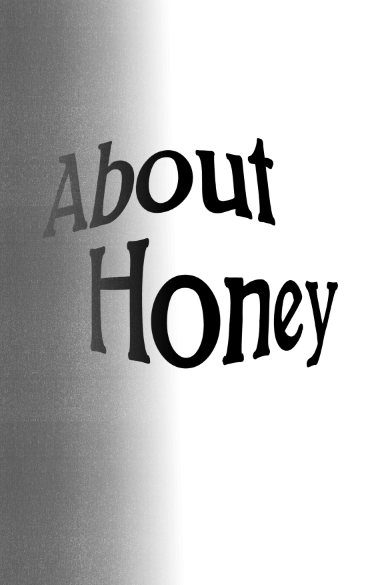Once a logo had been finalised, the range of cover designs for the magazine were created:
Feedback on these initial designs was mixed. Some felt that the photocopy-style gradient detracted the focus from the magazine's title, and that the fine lines would be too delicate when viewed from a distance. It was suggested instead that the cover incorporate bolder shapes so as to stand out against competing publications.
Final Design
From the feedback a new design was created, featuring a prominent image gathered during the research phase of the project. This design incorporates more zine like features, such as small cropped imagery, blocks of colours, and overlaying type to create a collage feel and to break free of the strict grid that all commercial magazines adhere to in their design.
Many of the zines that came out of the original zine movement of the 1960's - 1970's used shock tactics in their names to catch attention, including the likes of Taste of Latex and A Dry Pocket To Piss In. Rather than using a verbal devise in the cover designs, the addition of the colour red creates a visual shock tactic that draws the eye to the cover of the publications, as well as indicating a subconscious warning for the content contained within.
Feedback on this final design was more positive, and it was agreed that the background gradient was still representative of the original photocopier motif, but no longer detracted from the design. The simplicity of the single colour was also commended and many felt that it created more of an impact than a full colour design would.
Full Cover
Once the front cover had been finalised it was discussed in a group critique that a wrap around cover would create a more immersive experience for consumers, and would also create a similar feel as to when zines are created as whole flat sheets of paper and then folded to create a book. The back half of the cover was then added.








